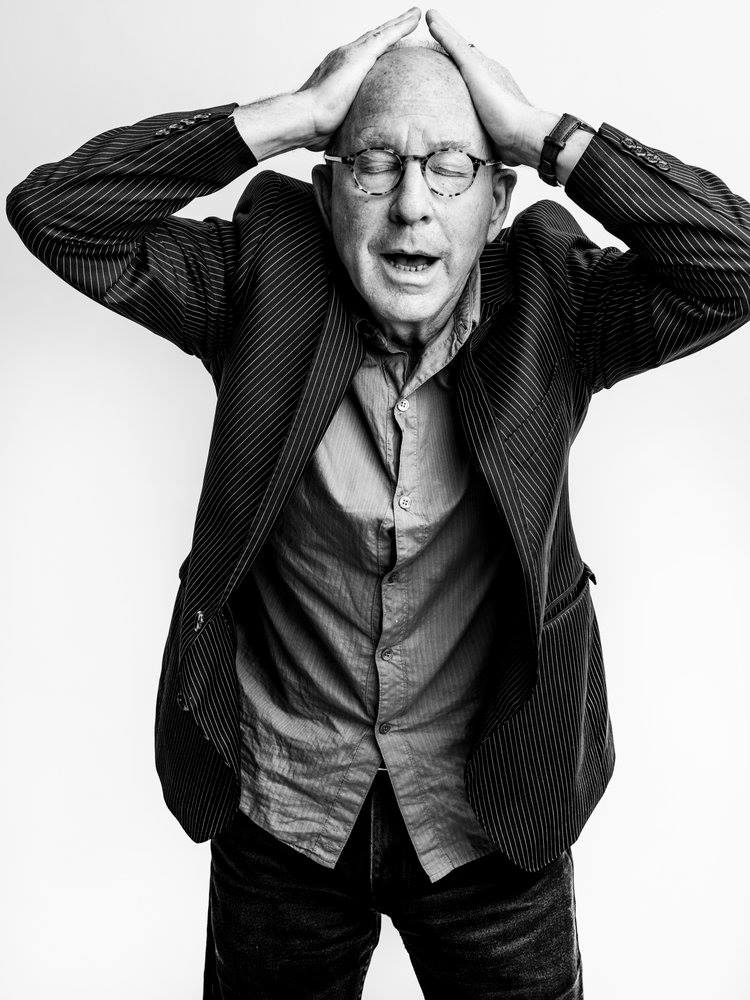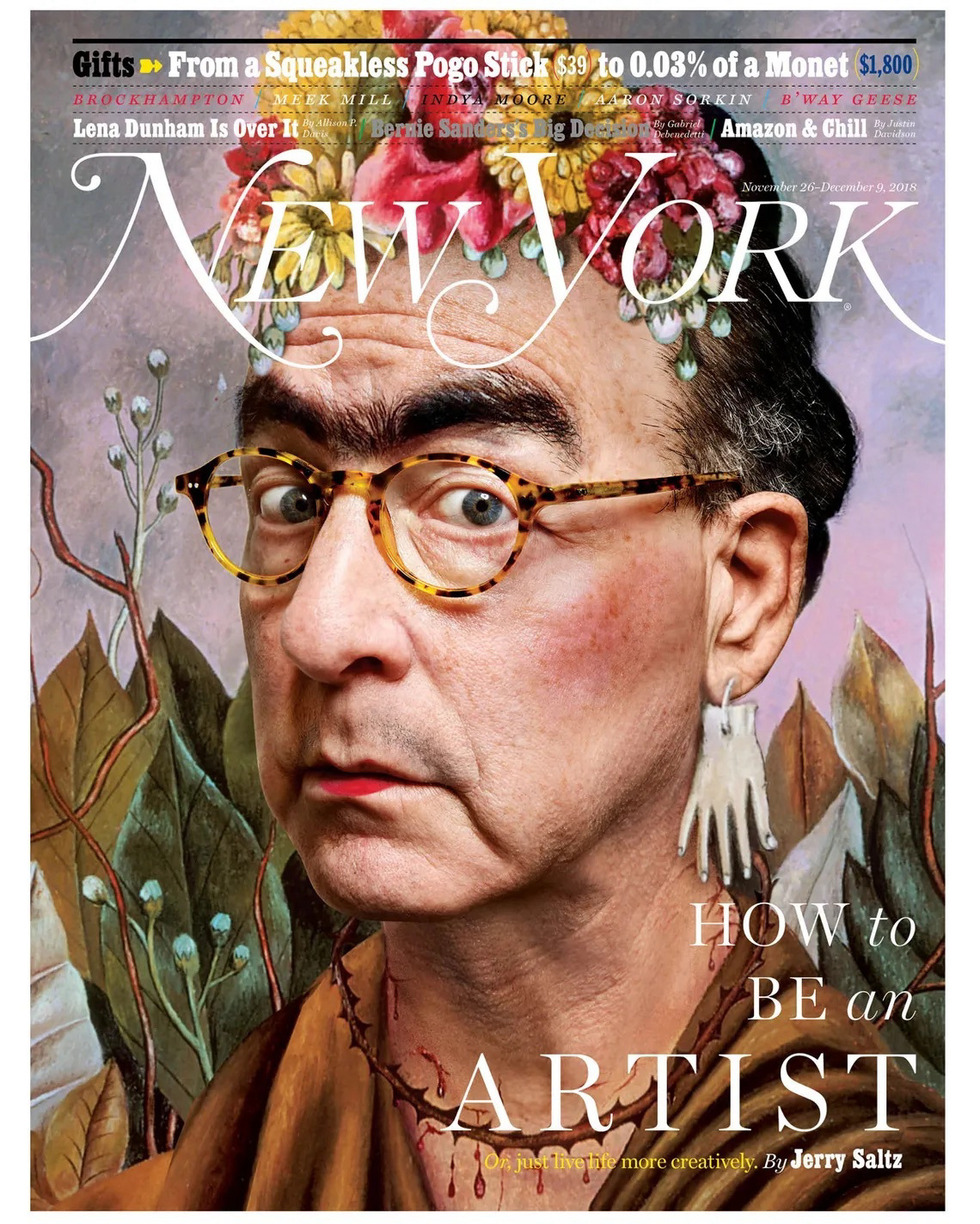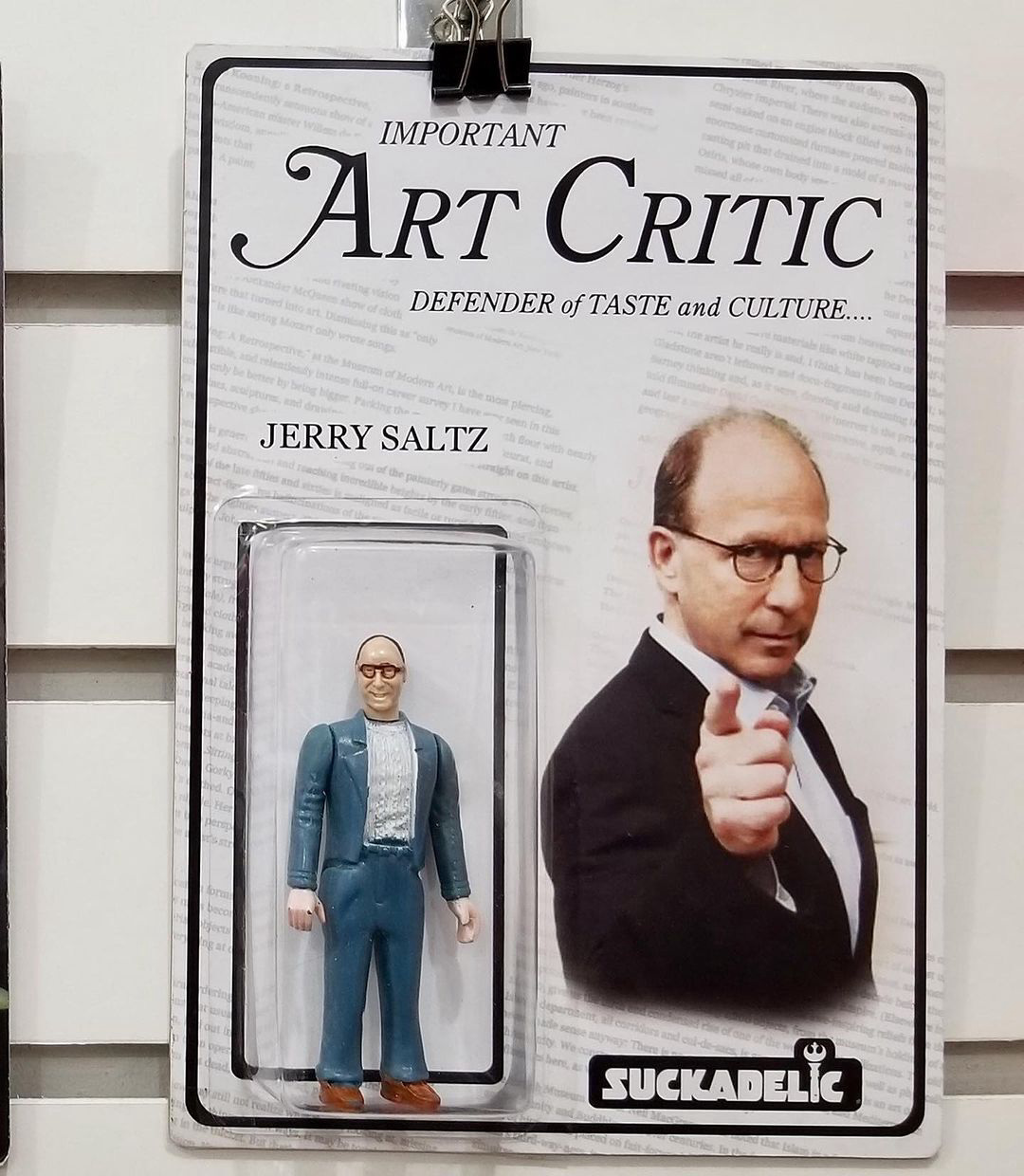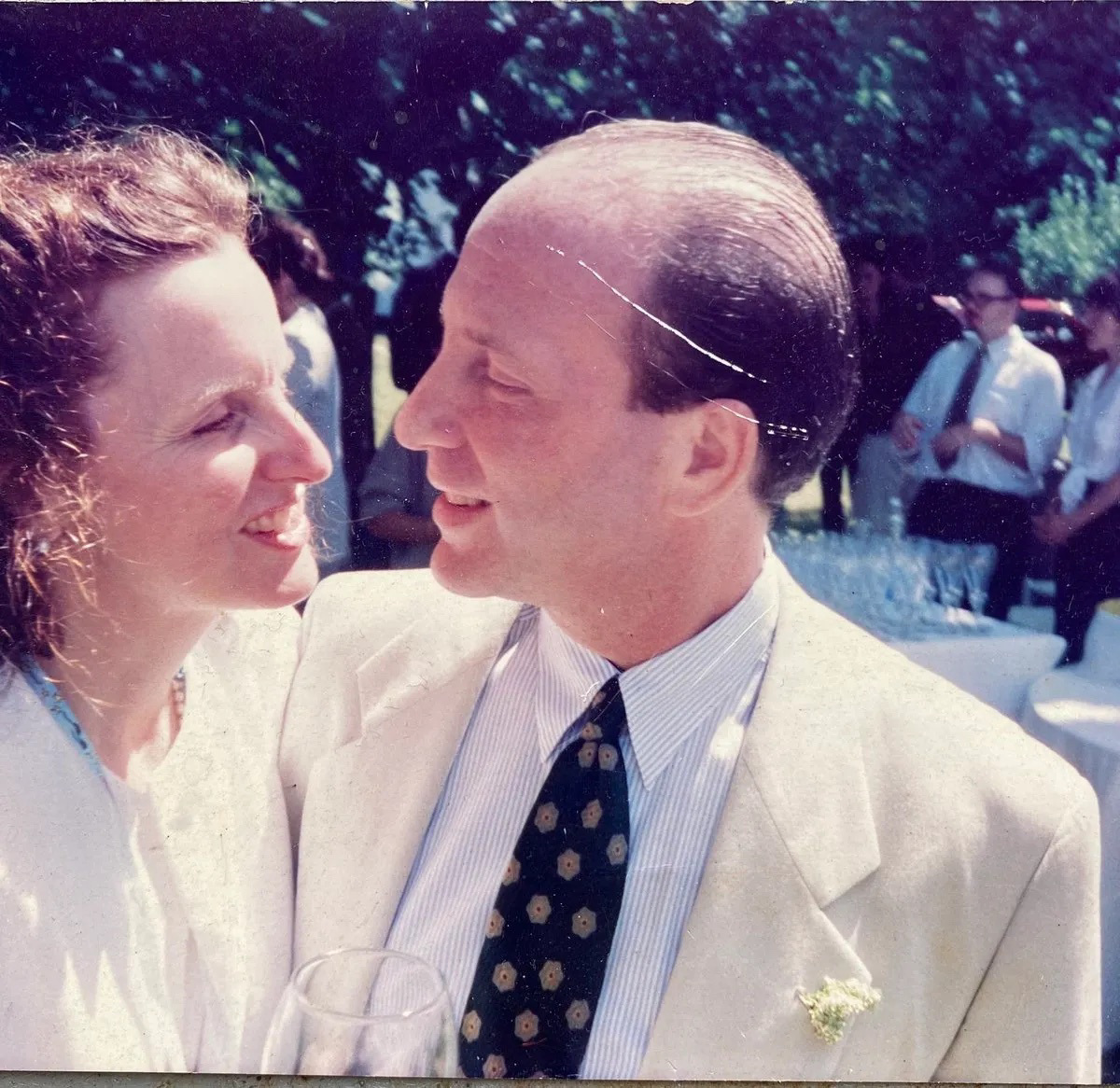
Some of the art world’s most influential voices are touching down in Aspen this summer to participate in Anderson Ranch’s 2024 Summer Series lectures. From Derek Fordjour in conversation with Gagosian's Sophia Cohen to artist Pedro Reyes in conversation with curator Mia Locks, the program—curated by CULTURED Editor-in-Chief Sarah Harrelson—will explore the most pressing challenges and opportunities facing creatives today. Harrelson herself will be in conversation with art-world gadfly and Pulitzer Prize-winning critic Jerry Saltz tomorrow.
Ahead of the event, she caught up with Saltz to discuss his current reading list, his ideal hiking partner, and why he never prepares for lectures.

Sarah Harrelson: What are you most looking forward to on your visit to Aspen?
Jerry Saltz: I prepare myself for Aspen the way an athlete might prepare for a game. I gather my forces, put my game face on, put aside fear and anticipation, and dive in. Like many, I suppose, I love-hate Aspen. I hate coming there, but once there I want to move here. Everything feels like a beautiful, open, clear world of weather and mountains and people. Mostly, I love to take very long walks in the town and in the mountains.
Harrelson: Whose collection in Aspen are you dying to see?
Saltz: As with my normal life, I never ever visit collector’s homes. I am not that interested in people’s private tastes and acquisitions—or even passions. I prefer to see art the way most everyone does: on my own, without explanation, just me and the work. Put the Mona Lisa in a closet and give me a flashlight and I’ll look at it.
Harrelson: If you could hike with any artist, who would it be?
Saltz: I would hike with the cave painters.

Harrelson: What will you be reading on the plane?
Saltz: I am reading a massive book by the Russian author Vasily Grossman about the battle of Stalingrad in World War II. It is titled Life and Fate, after War and Peace. It’s just about as great. Russia lost 27 million people in the war. The United States lost 400,000. America had very little to do with the war—as far as the Russians are concerned. I believe that we all owe it to history to know about their sacrifice. For what it’s worth, everyone should read Aleksandr Solzhenitsyn’s The Gulag Archipelago for the same reason.
Harrelson: What galleries and shows do you plan to visit?
Saltz: I know Richard Edwards and always visit [Baldwin Gallery]. They always tell me what else I need to see. Of course, I will go to Aspen’s fine museum [the Aspen Art Museum]. If they want to hire me, give me a good apartment in Aspen, and pay me a modest salary, I will happily show up to openings and say pleasant things.
Harrelson: What is your writing routine?
Saltz: The life of a weekly and daily critic is a tunnel life. I am not part of the social world. I only go to shows, take walks, and write. That is my life. I would not change a thing. That said, nothing on this earth is worse than writing. Deadlines are sent from hell, via heaven. Thank God that I trained myself to write to music. I can listen to anything and write, even Norwegian death metal.
For a weekly and sometimes daily critic, there is very little time for research. Still, I try to be my own assistant—I prepare legal pads filled with things I’ve heard or read, dates and quotes. I set up these pads in front of me, then I write as hard as I can. I go all out for hours. When feeling lost or terrified, I might look up and see a word or idea on one of the notepads and plug it in, seeing how far I can run with that until I have to do it again, usually three or four times.
Then I send it to my editor and wait. I love editors. I have never had an editor make my work worse. I accept every change. All I want at that point is to get the text out of me and to be done with it. Then I do it again the next week.

Harrelson: How many shows do you see each week?
Saltz: My wife, Roberta Smith, who until March was the co-chief art critic for the New York Times, and I see about 25 to 30 shows a week. It sounds like a lot—I suppose it is. But it’s the only way to have a sense of what’s going on: what’s good, what’s bad, what’s standing still.
Harrelson: Do you prepare before your interviews, or do you prefer to be spontaneous?
Saltz: I never prepare for a lecture or an interview. If I’m on a panel, I will not meet the moderator or other participants beforehand. Everyone starts doing their act for each other, and then when you go live it feels stilted, predictable, boring. I think that every art world conversation should be as exciting as possible. It’s humbling, challenging, and keeps the adrenaline flowing.
Harrelson: In addition to yours, whose talk at Anderson Ranch are you most excited about?
Saltz: I tend to love every talk at Anderson Ranch—from a woodworker or printmaker to a famous artist. Everything I hear becomes a part of me.










 in your life?
in your life?

